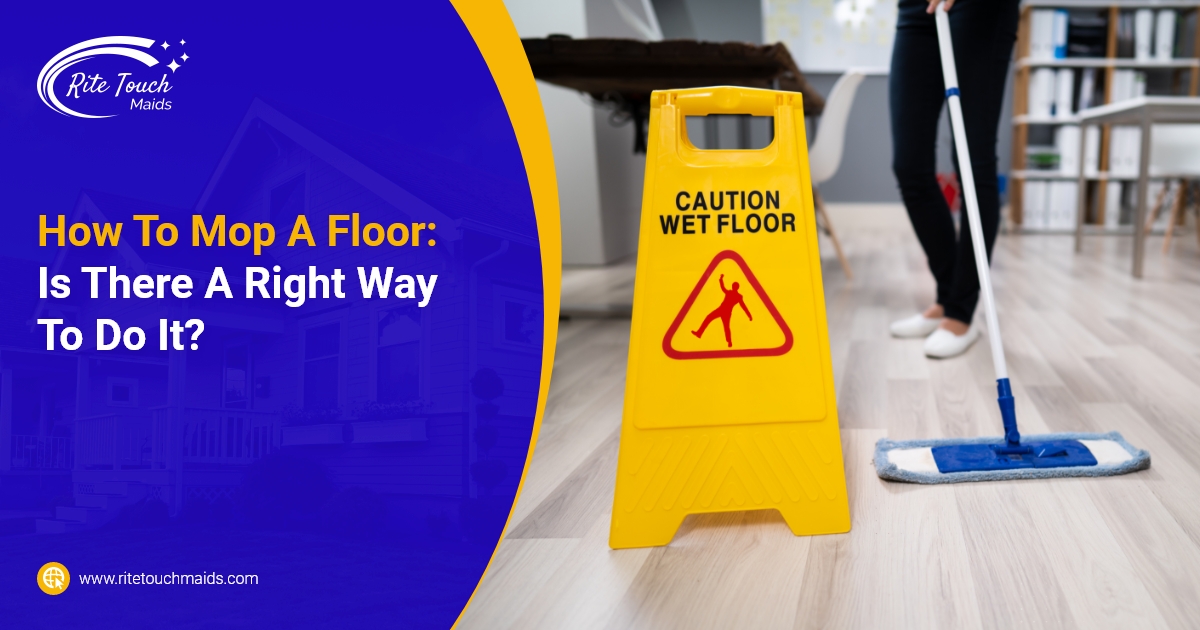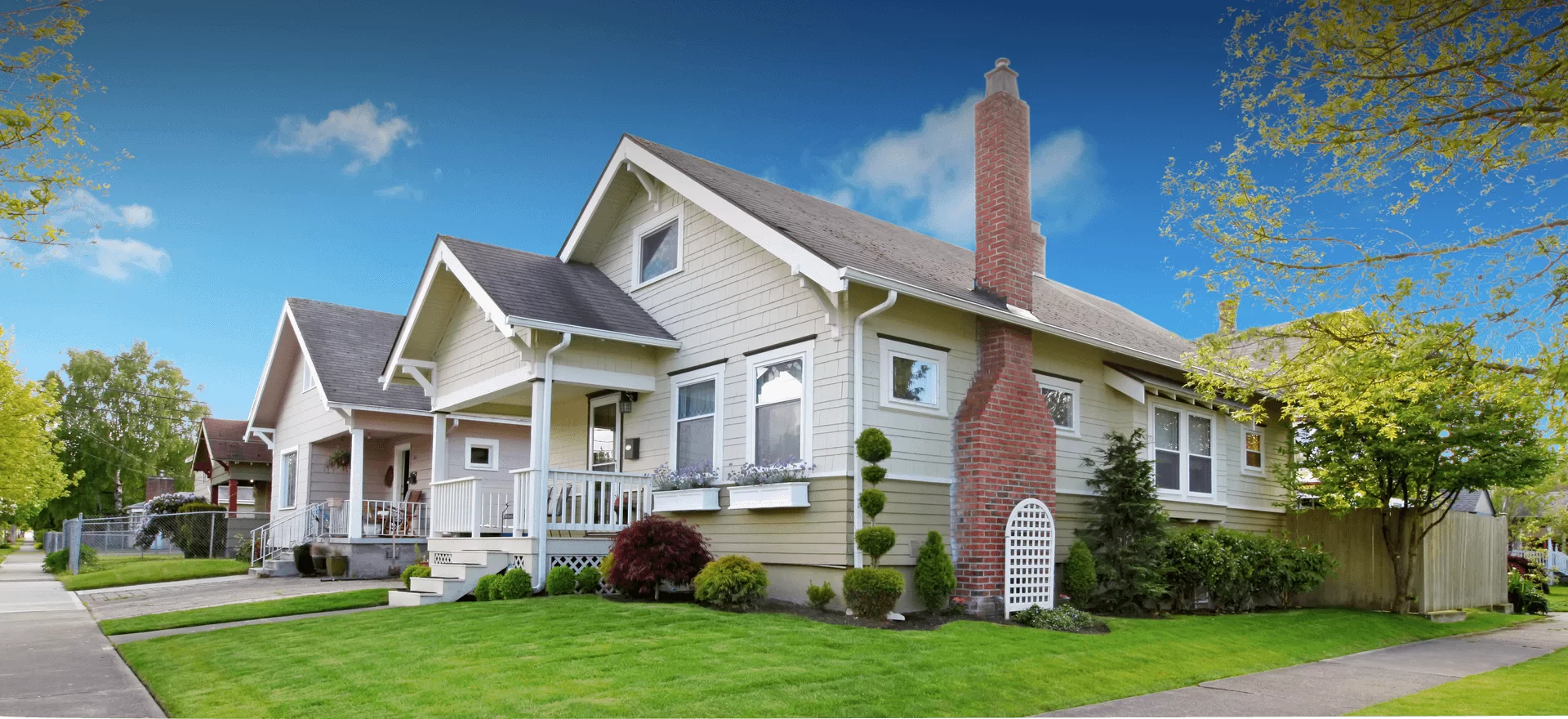Most homeowners don’t think about their “mopping technique,” mainly because you can do an excellent job by just common sense. However, there are many things to consider: the mop, the cleaning product, and how much water to use!
Here you’ll learn valuable advanced floor cleaning methods. From selecting the right mop to using specialized cleaning products, elevate your floor cleaning routine to a new level of effectiveness and efficiency!
First, choose a cleaner for your type of floor
Choosing the cleaning solution is the most important part of cleaning. A good cleaning product can help you remove stains and built-in grime, while the incorrect product can dull or damage your floor!
However, the product depends on your type of floor and even on the specific material. For example, not every hardwood floor is equal. Some are waxed, while others have a polyurethane finish, and (you guessed it), each one needs a different cleaner.
What is the best cleaning product to mop your floors?
For a DIY method to clean your floors, the best products are soap and vinegar. You can make a cleaning solution with a few drops of pH-neutral dish soap or castile soap in a gallon of hot water.
Soapy warm water is safe to use on most floors, including vinyl, hardwood, and laminate floors. However, you should avoid wetting the floor!
Vinegar can make a more powerful solution, but use it only if you are sure it won’t dull or damage the material. Look for the manufacturer guidelines before risking your floor!
Also:
You could play it safe and go for a commercial floor cleaner. However, remember that not all commercial cleaners in the store are high-quality and safe-to-use products. The Spruce made a recent compilation of the best floor cleaners; it is worth checking it out!
Then, wring your mop well and clean the floor!
Flat-headed microfiber and sponge mops can make this chore much easier. However, if you are using a string cotton mop, the excess water could be a problem.
How to mop a floor with a string mop and a bucket? The first thing to do is to wring out the mop. Some floors can be easily damaged by excess water, so make sure you use the mop slightly damped. This step is easier with a built-in wringer in your bucket!
Why are my floors still dirty after mopping?
If your floor still looks dirty after mopping it, it could be damp soil or the sticky residue of cleaning products. You can get spotless floors by following these guidelines:
- Dust before mopping: Use a soft-bristle broom, a vacuum cleaner with the right attachment, or a dust mop. In high-traffic areas of your home, you should dust and remove debris daily. Also, make sure to remove loose dirt before mopping, or you’ll get a mess!
- Do a final rinse: Rinse the floor with plain water to remove the sticky residue left after mopping. Wring your mop well before rinsing the floor!
- Spot clean tough stains with a microfiber cloth: Don’t wet tough stains! You can clean them with a microfiber cloth and elbow grease!
- Change the dirty water: When mopping, you can see the water in the bucket getting darker. Change it as needed. Or you can use two buckets! One with the cleaning solution, and the other to rinse the mop.
Are you cleaning your entire home? We can help you!
Check the latest cleaning hacks and tips Rite Touch Maids have for you! Or if you prefer, we can help you with the cleaning chores. We deliver happiness through our house cleaning services!



